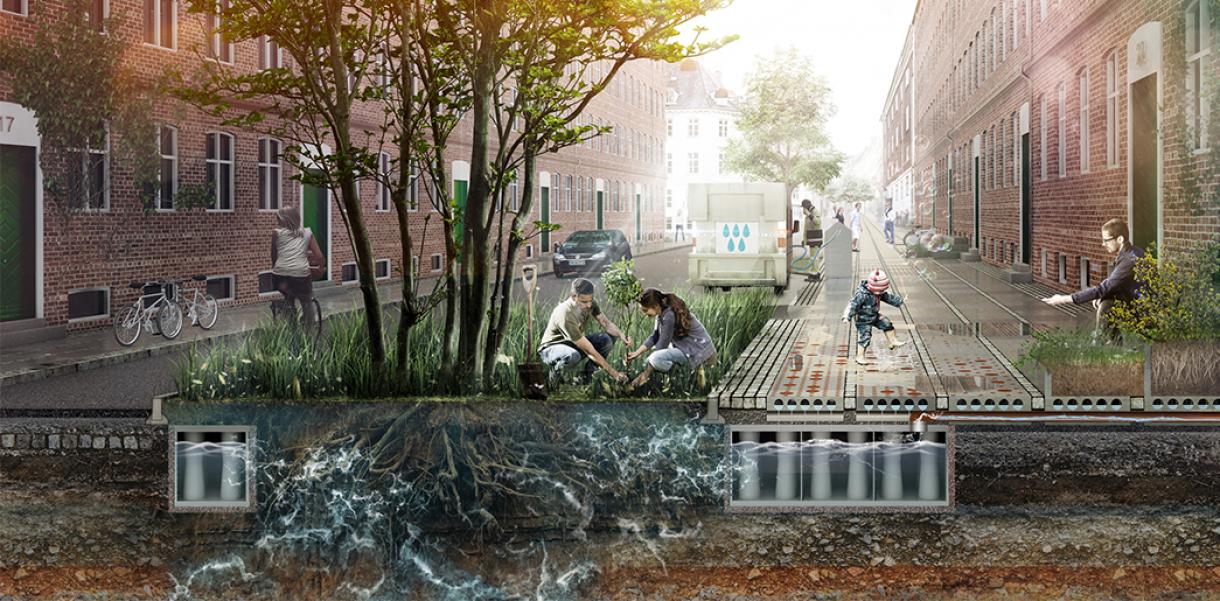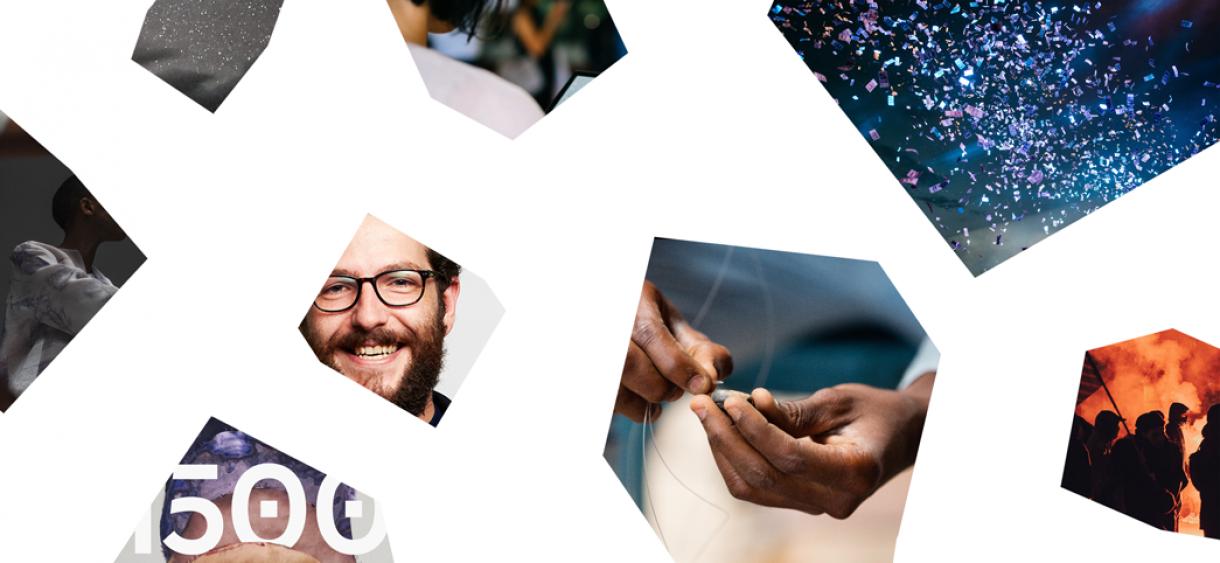What’s the design?
Children grow out of clothes quickly, meaning there’s a constant flow of clothes being bought and abandoned. Petit Pli manufactures clothes that grow with children. Made out of recycled polyester, one item can fit a child from nine months and until the age of four—spanning seven sizes. For every Petit Pli suit, there’s a 69kg CO2 reduction compared to a traditional sized garment. The designer Ryan Mario Yasin was inspired by his background in designing deployable satellites and origami to create these durable, flexible and rainproof garments.
The hurdle
When Yasin started designing the Petit Pli suit, he faced the difficulty of showcasing a very novel idea with very modest materials. His first prototype was made from material "burnt in the oven" to make the fabric elastic. He conducted user testing in short, medium and long-term phases to gather qualitative and quantitative information. “When you take a brand-new product to the market, there are few people that really believe in it,” said Yasin. “Listening to them is the most crucial part, along with those that want you to succeed.”
Yasin realised that communicating an imagined end-product required very clear communication because what he presented brought on a magnitude of feedback; useful and not so useful. “There’s an art to having a vision, understanding it and communicating it, then there’s an art to filtering out all of the noise and knowing what to and what not to listen to.”
“You need the confidence to get through these early stages. I believe it comes from understanding what you’re doing, why you’re doing it and truly believing in it. It’ll have a huge impact and will give you the strength to overcome these challenging times.”
The strategy
Yasin presented the design in various ways through photography and aspect-oriented prototypes. He did both short-term testing to draw some rough conclusions and then long-term testing. “It was enough to capture people’s minds and imagination but, it was still important to trust your instincts on some of the critiques, particularly if they were from people who didn’t necessarily believe in the product in its early stages. Though often, these non-believers inadvertently held the key to the next step, they just didn’t realise it.”
Yasin even went to the science museum in London and asked for off-the-bat feedback from parents. “By immersing myself with true users and being as open to criticism as possible, I was able to quickly understand the psychological aspects that were at work, whether they were gendered, or something else. I was able to pivot the pros and cons of the product I was developing. It basically made me understand who I was designing for, and what solutions I could offer them.”
Tips from the designer
- Stay focussed on your vision – In the early stages, you might be getting a lot of conflicting advice from different parties, but you can’t satisfy everyone. If you try, you’ll end up with a diluted message and a diluted product; Listen to everyone, then decide what to act on;
- Talk to your users – It goes without saying, but couldn't be more important. Talk to your users as much as possible and win their support. At the end of the day, they’re your potential customers;
- Build around your MVP – Once you have your initial MVP (minimum viable product) that’s able to satisfy early adopters, build a good team around it.





